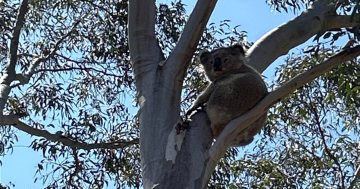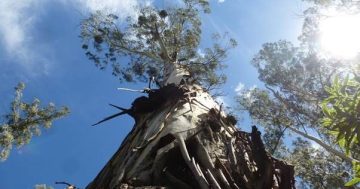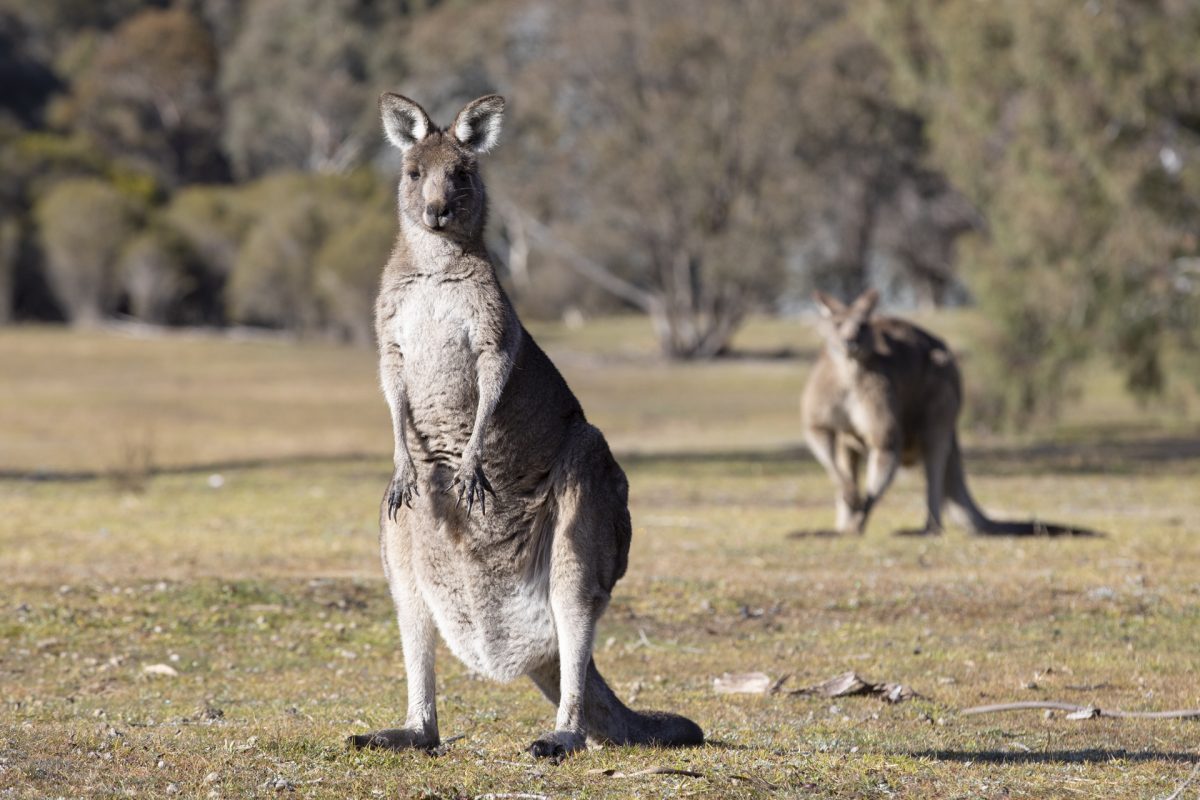
Nine parks and reverses will be closed overnight during culling period from 23 May to 31 July. Photo: Michelle Kroll.
CONTENT WARNING This story may distress some readers.
“As large as a greyhound, of a mouse colour and very swift.”
So said Joseph Banks, the scientist aboard Captain James Cook’s Endeavour, one of the first British explorers to lay eyes on Australia’s icon.
Here in the Bush Capital, we might not think anything of them. Certainly, we have some of the highest density populations of Eastern Grey Kangaroos recorded anywhere in Australia (up to 700 per square kilometre in the Jerrabomberra Valley alone).
But too many can be a problem. Historically, concerns about an overabundance of kangaroos were related to competition for pasture with livestock, which remains the case today. Kangaroos compete for water and damage fencing and fodder crops. Not to mention the havoc they can wreak on the front end of your car.
All of this is why the ACT Government announced another cull for 2022. Around 1650 eastern grey kangaroos will be culled across nine nature reserves from 23 May to 31 July in the annual conservation program.
Here’s what’s involved.
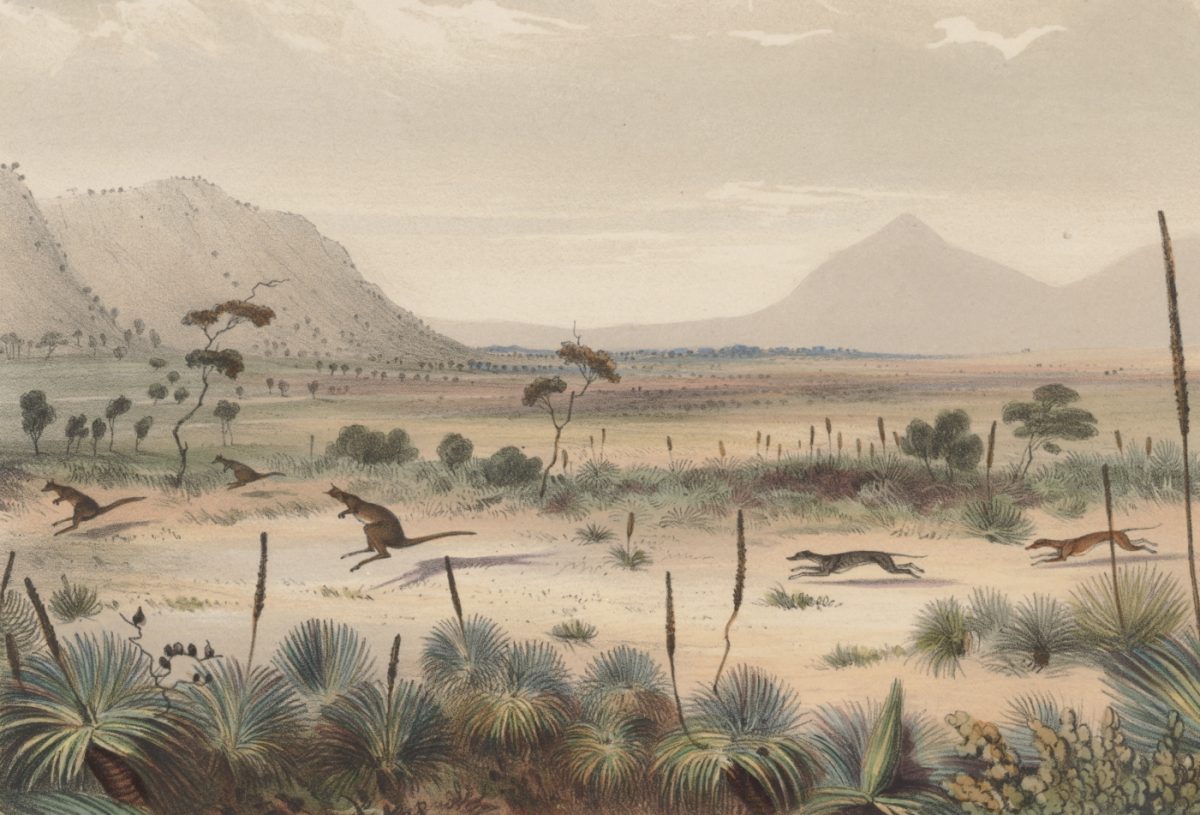
A painting by George French Angas depicting Kangaroo hunting near Port Lincoln, South Australia, in 1847. Image: National Library of Australia.
How are they culled?
All Australian Governments and RSPCA Australia agree – a single headshot is the most humane method of culling.
The ACT Government contracts licenced gun holders every year to do the job, but before they can take a loaded weapon anywhere near a nature reserve, they must pass three tests.
These include a marksmanship test to determine their accuracy, a macropod identification test to make sure they can identify the right species, and a knowledge test on the National Code of Practice.
Another method called ‘capture-darting’ is used when a kangaroo population is too close to housing to get a safe shot. This involves catching the kangaroo and administering a lethal injection.
To minimise the chance of orphaning joeys, the culling of female kangaroos in the ACT is restricted to the period between 1 March and 31 July each year. This is outside the time when most females have large dependent pouch young or young-at-foot.
The Code of Practice stipulates that any young-at-foot obviously paired with an adult kangaroo are to be shot. In general, during the ACT culling season, pouch young of dead kangaroos are small and unfurred. These are also euthanised.
In April, the ACT Government committed $300,000 towards what Environment Minister Rebecca Vassarotti describes as a “more humane” approach.
From now on, traditional culling will be accompanied by contraceptives to slow population growth. Darts loaded with the drug GonaCon will be fired at adult female roos. Trials have seen about 80 per cent remain infertile five years after their injection.
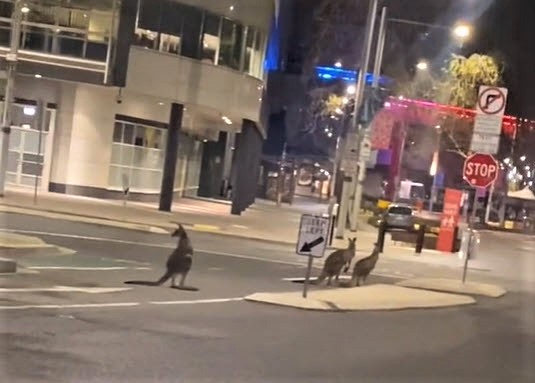
Kangaroos enjoying a night-out in Civic during lockdown. Photo: Umair Rehmat.
What happens to the carcasses?
They aren’t left out to rot.
A proportion of the carcasses will be turned into baits in the government’s wild dog and fox control programs. Other parts are made available for Indigenous cultural use. It’s understood, however, that the bulk goes to landfill.
Unlike NSW, Queensland, South Australia and Western Australia, there are no commercial kangaroo harvesting arrangements in the ACT. This rules out companies selling off our kangaroo carcasses as meat or skin products.
The ACT Government says this is due to the relatively low number of kangaroos being culled and the high costs of overseeing a commercial operation.
How do they know how many to cull?
Each year, ACT Government ecologists undertake an extensive scientific assessment of grass conditions and the kangaroo population at each of the Territory’s nature reserves.
A sustainable target number of kangaroos can be calculated for each site using this data. By comparing this number with the current population, they arrive at the number of kangaroos that have to go.
This figure is dictated by several studies outlining the effects of kangaroos on the environment.
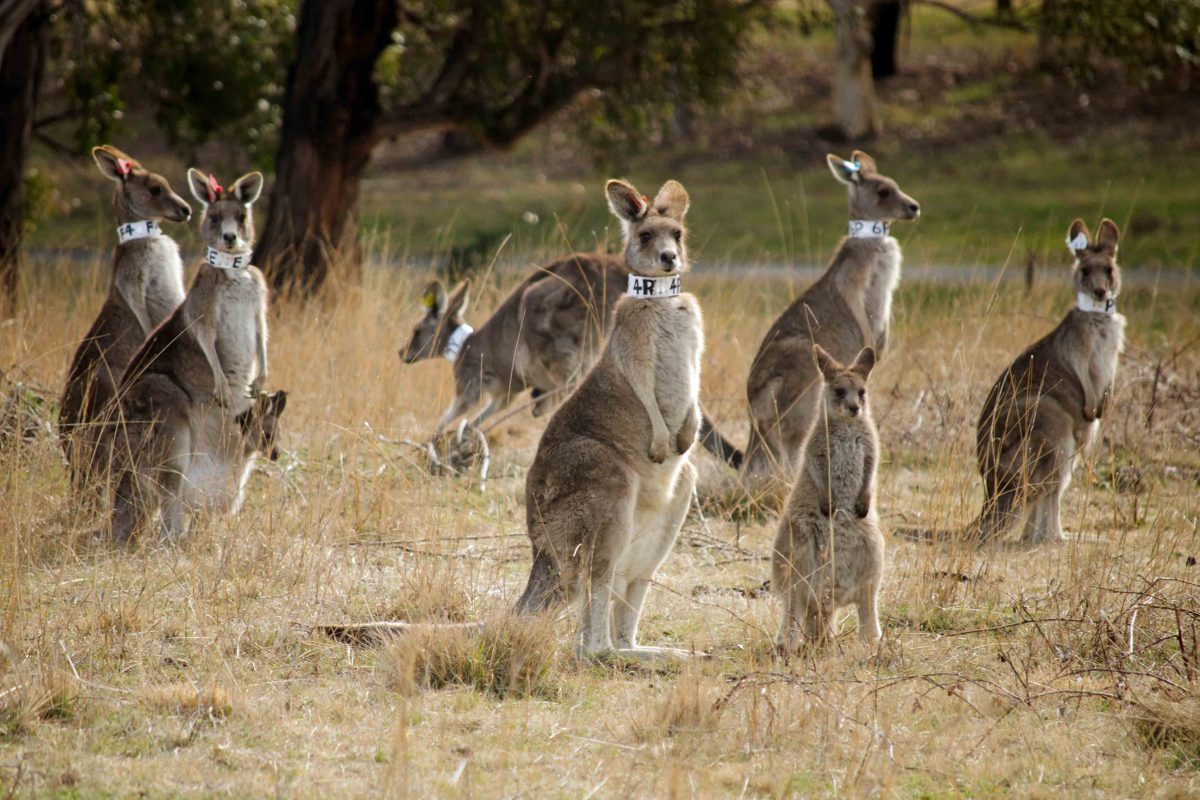
Tagged kangaroos as part of the ACT Government’s contraceptive trial. Photo: File.
How often are they culled?
Every year. On average, culling less often than that requires more animals to be killed per year.
Kangaroo populations grow exponentially, meaning the number of new animals will be greater next year than it is this year. To cull less often is worse for animal welfare and impact reduction and usually costs more.
The cull is only conducted at night when the reserves are formally closed to the public. Warning signs are placed at all entry points to the reserves, surveillance cameras are used and reserves are patrolled by Parks and Conservation Service staff during operations to maximise public safety.
As always, if you see injured wildlife, call Access Canberra on 13 22 81 and a ranger will attend as soon as possible.
The Environment, Planning and Sustainable Development Directorate declined to make further comment until after the cull is concluded on 31 July 2022.
Original Article published by James Coleman on Riotact.




